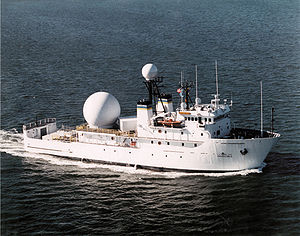The capital of the Falkland Islands, Stanley is a small town of only about 2500 pop (2016 census). I wondered how isolated and deprived the local people might feel, or if they missed much the ‘advantages’ of the big cities of the rest of the world. I wonder if they get sick of all the tourists tromping through their town when the cruise ships come in?
I think I wouldn’t mind living somewhere like Stanley. It has all I need- boats to work with, friendly people to talk to, museum, shops, restaurants, hospital, pubs, and beautiful scenery to walk around in.


Sadly, I didn’t get much of a chance to hang out and BS with the locals or sample the local delicacies. We were only there for the day and there was so much I wanted to do.
After stopping in to check out the local Seaman’s Center, I followed the paved footpath along the harbor front from the ship into town. There were informational signs along the way to describe the sights and the different birds to see along the way.





I detoured across the road to take a look at the cemetery. A large monument- the Cross of Sacrifice- tops the central stairway flanked with poppy- painted stones in remembrance of those killed in war.


The gates were closed, so I just peeked over the fence and continued walking along the harbor front, appreciating the history lessons I was getting from the signs along the way.
I noticed a couple of sailboats at the boat yard as I approached downtown. I was expecting more traffic, this being pretty much the only port for thousands of miles. But I guess maybe that’s why there wasn’t more?
There used to be a lot more. I really wanted to see the old sailing ships. Stanley Harbor is littered with the wrecks of about 20 ships- 100 more scattered around the Falklands. I had already passed by the wreck of the Afterglow- a 1920’s patrol boat- next to an old chimney used to burn the bones in ‘Hutchies’ slaughterhouse. All that’s left of the Afterglow is the boiler.


Downtown Stanley looked like a what I imagine a small British town from the 1950’s would look like. A two-lane main street with shops, cafes, and government offices clustered in the center. The famous whalebone arch and cathedral are right across the street from the Post Office with the red phone booths outside. The streets are lined with neat little houses and well tended gardens. A couple blocks from the Post Office brings you to the Falkland Islands Museum.





Continue past the museum to find ‘Victory Green’ with a few old cannons and the mizzen mast of the SS Great Britain. The famous six master of Isambard Kingdom Brunel. She was launched in Bristol (UK) in 1843. She was the longest (322′) and most advanced passenger ship in the world from 1845-1854. She was the first iron steamer to cross the Atlantic in 1845 (in 14 days). She had a troubled lifetime, including being sold for salvage once and being sunk for 33 years in Stanley. Eventually, she was raised, restored and is now a museum ship back in Bristol.


For such a small and out of the way town, they do have a lot of war memorials, and they’re all well tended to. The 1982 Liberation Memorial is just past the museum, and after another couple of war memorials (Royal Marines, Battle of the Falklands, and 1914 Sea Battle of the Falklands), you’ll finally find the wreck of the Jhelum.


She was an East Indiaman, built in 1849 in Liverpool. Abandoned in 1870 after suffering much damage in a storm and just barely able to limp into Stanley. I was a little disappointed. There really wasn’t much left of the Jhelum. The weather had turned nasty again, with high winds and cold, so I decided to head back to explore the museum.

It was full of all sorts of interesting items explaining Stanley and the Falkland Islands. History, battles, biology, botany, Antarctica, and stories of day to day living were on display. I was especially fascinated by the artifacts of nautical history upstairs (of course). They had photos, paintings and pieces of the ships that called on their port during the heyday of the great sailing ships.
They had ships wheels, and ships bells, figureheads and furniture, chart tables, samples of salvaged cargos (ink), silverware, and so many more interesting items.





I would’ve loved to stay longer, but signed up for the tour over to see the king penguins on the other side of the island, so had to get going. Maybe one day I can return to spend more time.










